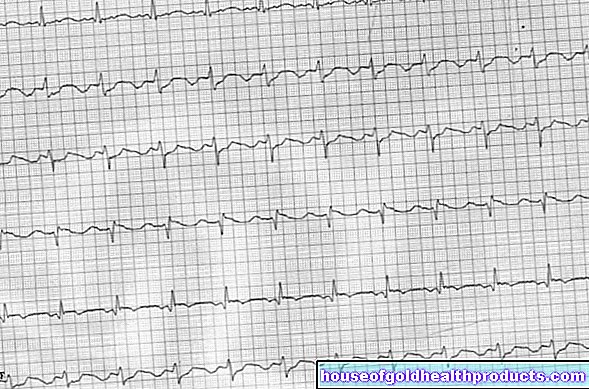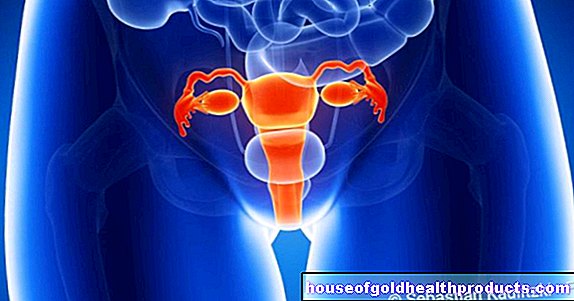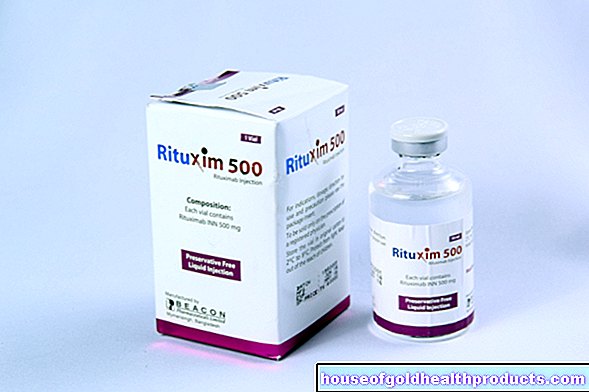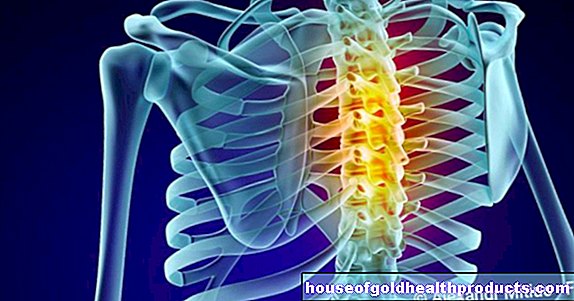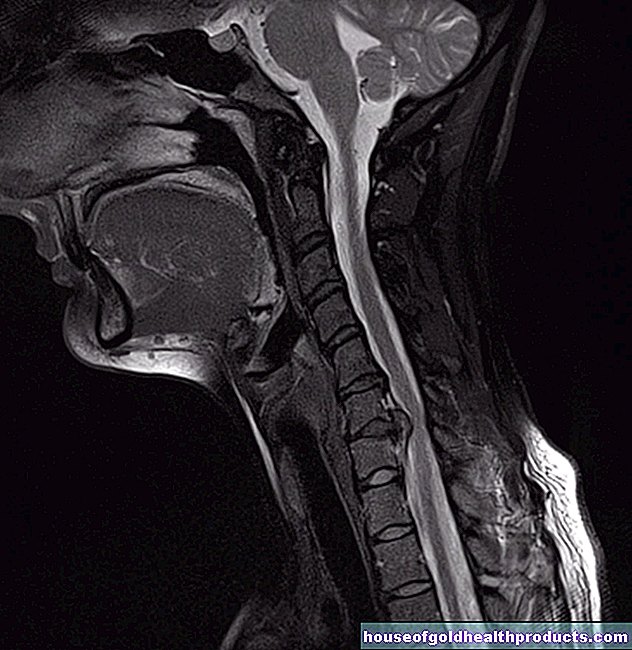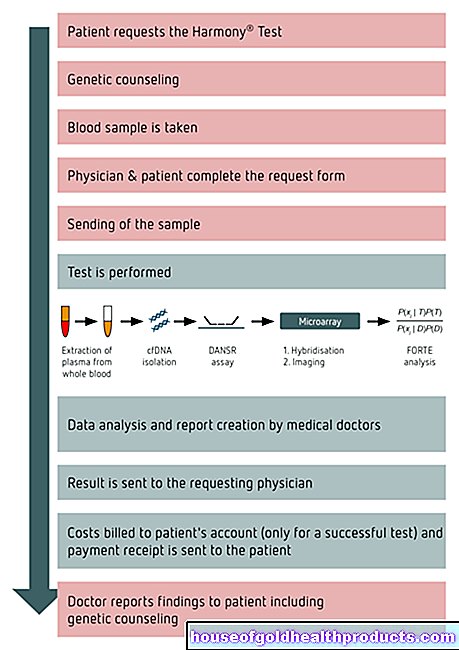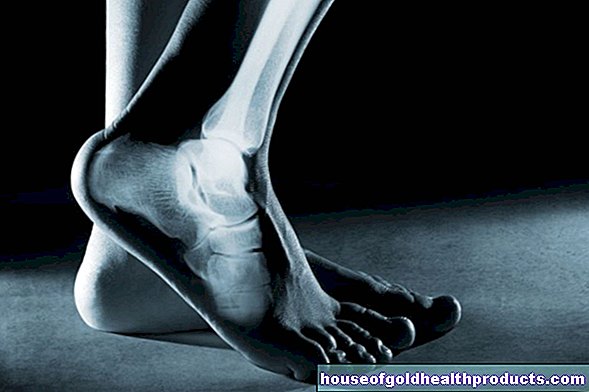Parkinson's: Taming of the Shrew
Christiane Fux studied journalism and psychology in Hamburg. The experienced medical editor has been writing magazine articles, news and factual texts on all conceivable health topics since 2001. In addition to her work for, Christiane Fux is also active in prose. Her first crime novel was published in 2012, and she also writes, designs and publishes her own crime plays.
More posts by Christiane Fux All content is checked by medical journalists.There are effective drugs against Parkinson's disease. The catch: at some point, they develop serious side effects. Can you get a grip on them?
There is no cure for Parkinson's palsy - but there are drugs that can help. The most important active ingredient that is used: L-Dopa. But after several years of use, this causes disorders in which the patient is suddenly plagued by involuntary overmovement (dyskinesia). They are just as stressful as the symptoms of the disease themselves. Researchers have now discovered a possible cause - and thus hope for a better therapy.
The researchers led by David L. Sulzer at Columbia University Medical Center were able to show in experiments with mice that dyskinesia occurs when certain nerve cells in the brain gradually respond less well to an inhibiting messenger substance - GABA. It prevents a person from making involuntary movements, which are typical for Parkinson's patients and especially for the side effects of L-Dopa.
Lack of messengers in the brain
So far, research into the causes of dyskinesia has focused on the receptors for the neurotransmitter dopamine, which is also crucial for regulating nerve cells and controlling movements. Parkinson's patients have too little of this neurotransmitter, which is offset by the active ingredient L-Dopa - a precursor of dopamine. Over time, however, the docking points in the brain react too violently to the L-Dopa therapy - at least that is the assumption.
Sulzer and colleagues, however, suspected that other brain regions could be involved in the development of the bizarre movement disorders: the so-called basal ganglia. In experiments with mice, they investigated what happens in the basal ganglia when dopamine is no longer available.
Braked spontaneous movements
A certain type of basal ganglia, the so-called striatum, loses its ability to respond to the neurotransmitter GABA after prolonged dopamine deficiency. But GABA has a regulating effect on movements. In the case of short-term dopamine deficiency, the problems do not arise.
“When the neurons in that area are working normally, they act as a brake. In this way, you prevent involuntary movements, ”says Sulzer. The neurologist suspects that L-Dopa permanently disrupts the filter function of the neurons in the striatum, which decides whether movements are suppressed or not.
“It seems as if GABA and GABA receptors are still present in the striatum,” says his colleague Anders Borgkvist. “So the question is, why don't they work?” The scientists hope to be able to correct the defect in the future so that the L-Dopa therapy works again without any problems.
Progressive nerve breakdown
Parkinson's is a progressive neurological disorder. It starts in the substanceia nigra, a region of the brain that forms the neurotransmitter dopamine. In Parkinson's patients, nerve cells perish in this area. If there is a lack of dopamine, the neurons react overactive - a condition that makes it difficult to control movements. L-Dopa compensates for this deficiency. It is converted to dopamine and patients regain control of their movements. In order to delay the late side effects of L-Dopa therapy, it is often used hesitantly. If one could get the dyskinesia under control, an earlier and more intensive start of therapy would be possible. Younger patients in particular would benefit from this.
Source: "Loss of Striatonigral GABAergic Presynaptic Inhibition Enables Motor Sensitization in Parkinsonian Mice."
Tags: diet Menstruation therapies

